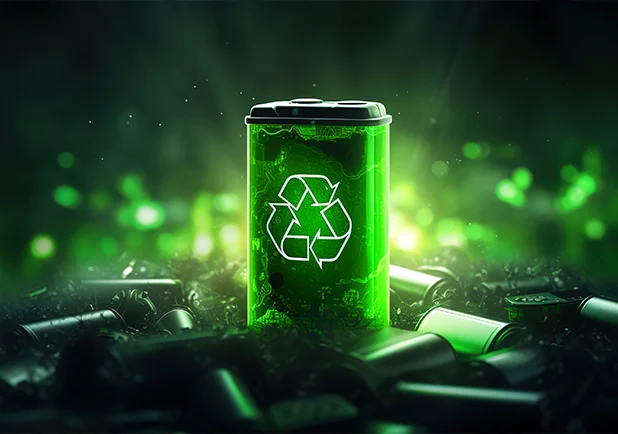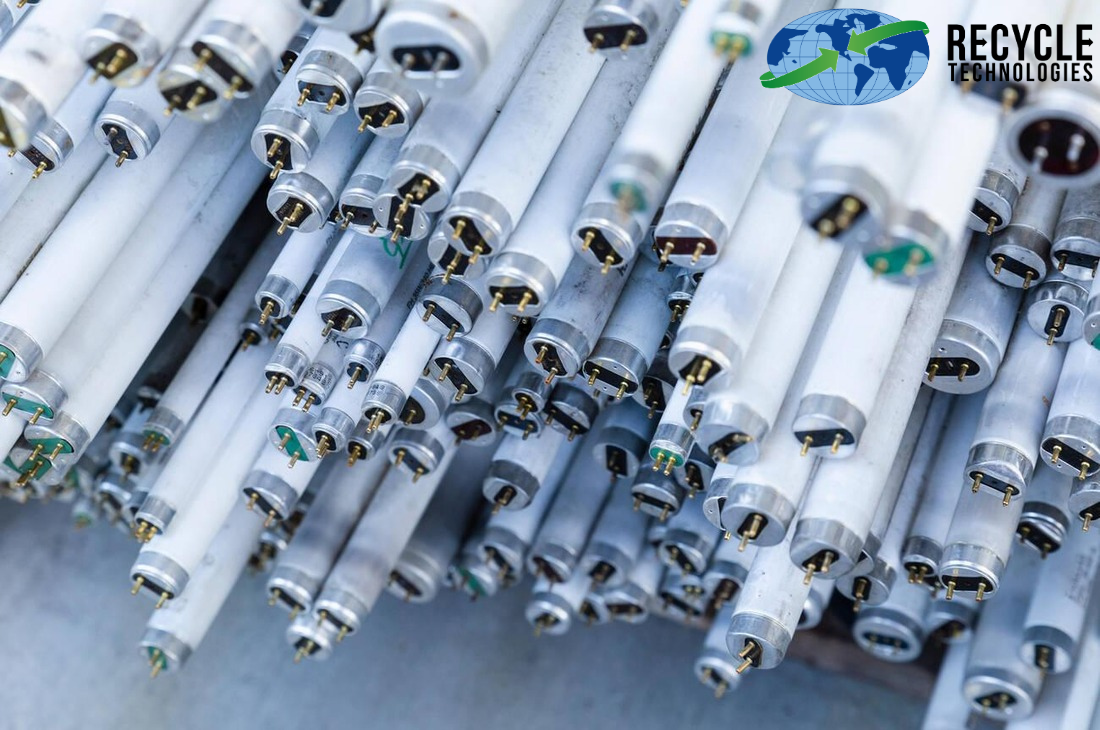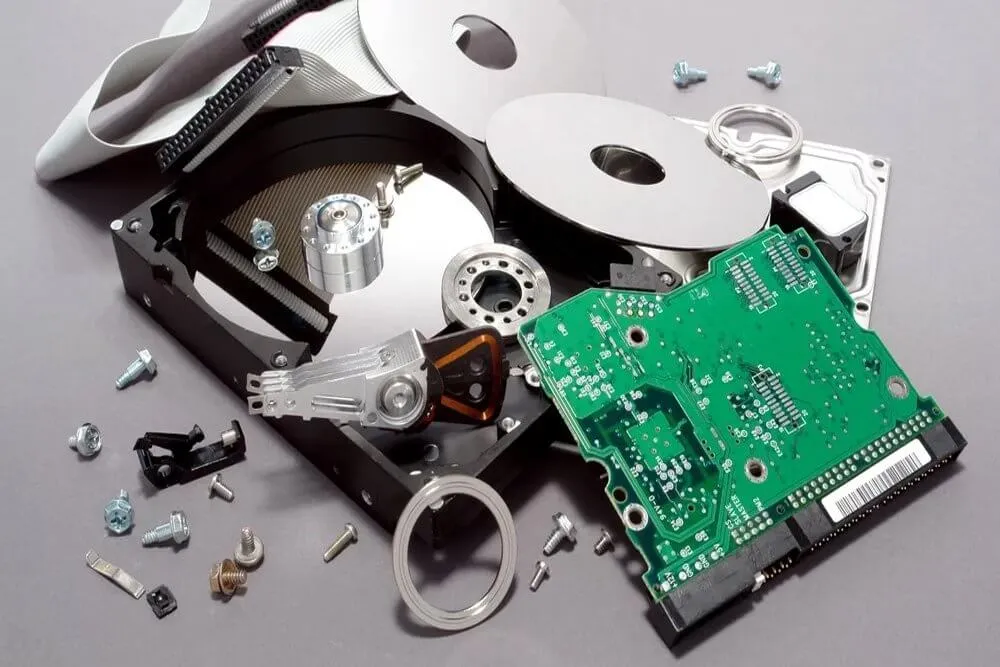The never-ending need for electronic equipment is generating the world's fastest-growing waste stream, causing the need for improved, simplified electronics recycling methods. Electronic waste is rubbish produced by our excess, damaged, and obsolete electronic gadgets.
Although electronic wastes form challenges to the environment and planet, better e-waste management strategies can offer enormous profits through electronics recycling. This leads to significant economic prospects without constituting risks to the environment and life.
The Need for Electronics Recycling
According to a DoSomething.org research, wasted televisions, computers, keyboards, mice, mobile phones, and devices such as fax machines, printers, and scanners totaled over 4.7 billion pounds (2,131,882,400 kg) in 2009. Every year, 20 to 50 million metric tonnes of electronics are thrown worldwide. Regrettably, only approximately 12.5% of electronic equipment gets recycled.
The recycling of e-waste serves a lot of useful purposes. For instance, include protecting human and environmental health by keeping those devices out of landfills. Or recovering the parts within the devices that still have value, and providing manufacturers with recycled metals that can be used to make new products.
It becomes redundant to speak against e-waste at some point, but it has had a devastating effect on the environment and communities worldwide. Below are some highlights of the negative impact:
- Most electronics contain toxic materials like mercury, nickel, zinc, lead, chromium, and barium, which have been proven by research to cause chronic and debilitating damage to human, animal, and plant ecosystems. These chemicals leach out of e-waste, causing groundwater and soil damage.
- Hazardous substances are emitted into the air when e-waste is burnt, creating breathing issues in people and animals. Thrown-away e-waste that is not adequately treated releases harmful chemicals into the water and soil, harming land and marine species and reducing crop quality.
Reusable Resources from Electronics
There is no question that the components in e-waste are potentially hazardous to our atmosphere, but they also include valuable, recoverable resources that may be reused. Each electronic gadget has precious metals such as silver in solder, gold within the circuit board, and copper in the connecting wires. There are also aluminum and ferrous metals. Electronics recycling allows us to properly process e-waste. Valuable materials can then be sold for a profit or turned into something new.
Recycling these materials can also help to conserve natural resources by reducing energy usage. By recycling old materials, fewer virgin materials need to be produced. For example, aluminum and zinc from tablets and laptops can be used for cars, jewelry, metal plates, or art. Batteries from old cell phones can also be used to produce new smartphones and batteries. Electronic devices should be refurbished, recycled, and reused whenever possible.
Energy Conservation and Carbon Footprint Reduction
Recycling existing materials requires significantly less energy and resources than manufacturing new ones from scratch. This translates to lower carbon emissions and a smaller environmental footprint.
Mining activities, particularly for fossil fuels used in energy-intensive manufacturing processes, are significantly reduced with effective e-waste recycling. This helps to transition to greener sources of energy and a future that is more sustainable. Participating in efficient and creative recycling technology fosters improvements in the area, paving the way for even more sustainable e-waste management solutions in the time to come.
How Business Owners can Help the Environment
There is a great need for businesses or companies to take a more proactive approach in their environmental practices.
One thing recycling companies can do to help the environment is to focus on what they can do together to increase their electronics recycling efforts. While some do this for economic benefits, others increase their electronics recycling efforts to boost public relations.
Whatever the reason, business owners should work actively to redefine what corporate responsibility means to them. We cannot ignore the reality of how intentional efforts can save the environment from toxic materials, or how our actions can push the government to force environmental policy change.
Electronics recycling conserves natural resources, recovers valuable materials for new products, reduces pollution, and cuts greenhouse gas emissions. It sounds like something we should all commit to!
Electronic Recycling: Acting for a Sustainable Future
The opportunities for environmental benefit through electronics recycling are vast. However, individual and collective action is crucial to unlock this potential. Here’s how you can be a part of the solution:
Recycle Responsibly
Find certified e-waste recycling sites in your region and safely discard your old devices. Don't let them wind up in trash or shady processing plants.
Educate Others
Raise awareness about the necessity of electronics recycling and urge others to practice proper disposal.
Support Sustainable Products
Choose electrical items that can be repaired and recycled, reducing their environmental effect through their lives.
Advocate for Policy Change
Encourage measures that encourage proper e-waste management, such as expanded producer responsibility programs and stronger laws on unlawful dumping.
At Recycle Technologies we follow strict and thorough protocols to ensure the recycling process is completed environmentally friendly. Other than the electronics recycling, we also offer recycling kits for your ease, along with lamp recycling, tv recycling, battery recycling, ballast recycling and computer recycling. To know more about these services, click on the links above or visit the website by clicking here.












